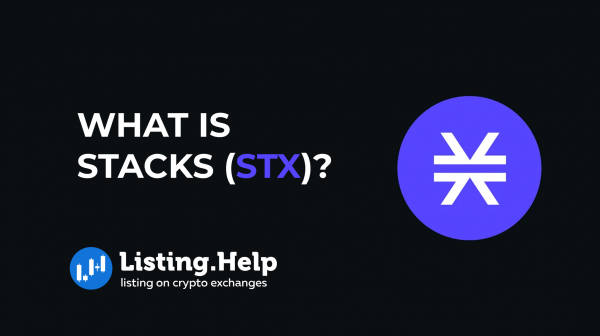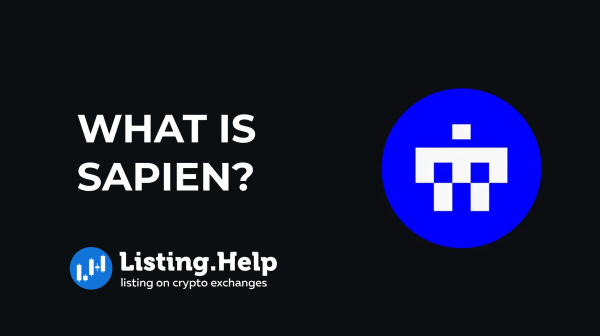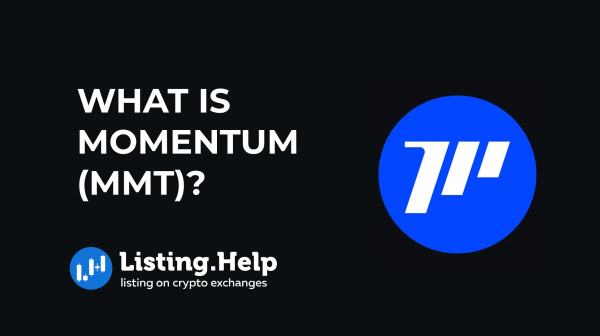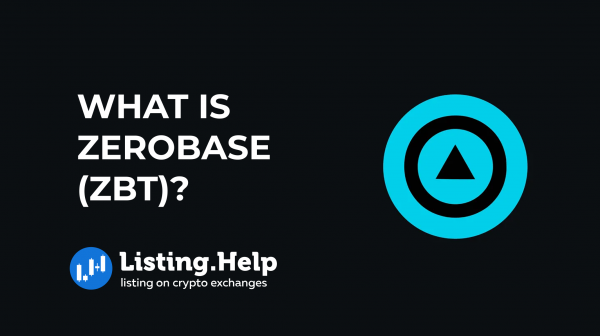What is the Nakamoto Consensus?
 May 31, 2024
May 31, 2024 Updated: May 31 2024, 02:01
Updated: May 31 2024, 02:01
LEAVE A REQUEST
Launching your own token project? Our experts are ready to help with listing on exchanges, market making, marketing and other solutions
SUBMIT APPLICATIONThe Nakamoto Consensus, named after Bitcoin’s mysterious creator Satoshi Nakamoto, is a consensus mechanism designed for decentralized blockchain networks. It combines Proof-of-Work (PoW) with the “longest chain” rule to maintain network authenticity and security.
First introduced in Bitcoin and later adopted by other cryptocurrencies, Nakamoto Consensus enabled Bitcoin to become the first Byzantine Fault Tolerant (BFT) system capable of scaling without downtime. It’s important to note that while often conflated with Proof-of-Work, Nakamoto Consensus encompasses more than just PoW; it includes other innovative elements that distinguish it.
Understanding the Nakamoto Consensus
Nakamoto Consensus is a protocol used by blockchain networks to achieve agreement on the blockchain’s state. This consensus is crucial for ensuring the integrity and security of peer-to-peer networks like Bitcoin.
In essence, Nakamoto Consensus ensures that all network participants agree on a single version of the blockchain. This agreement prevents issues such as double-spending and ensures transaction validity.
Key Components of the Nakamoto Consensus
To comprehend how Nakamoto Consensus functions, it’s essential to understand its main components:
- Proof-of-Work (PoW) PoW is the process by which new blocks are added to the blockchain. It involves solving complex mathematical problems that require significant computational power. Miners compete to solve these problems, and the first one to succeed gets to add the next block to the blockchain, receiving a reward of newly minted bitcoins plus transaction fees.
- Block Difficulty The difficulty of the mathematical problems miners must solve is periodically adjusted to ensure blocks are added at a consistent rate, approximately every 10 minutes for Bitcoin. As more miners join and computational power increases, the difficulty rises to maintain this block addition rate.
- Block Rewards and Incentives Miners are incentivized to participate through block rewards and transaction fees. When a miner successfully adds a block, they receive a reward in the form of newly created bitcoins and collect transaction fees from the transactions included in the block. These incentives are vital for encouraging miners to contribute their computational power to the network.
- Decentralization Nakamoto Consensus operates without a central authority. Instead, it achieves consensus through the collective effort of participants (miners) globally. This decentralization is fundamental to the network’s security and resilience.
What Is Byzantine Fault Tolerance (BFT)?
The Byzantine Generals Problem is a well-known issue in computer science that illustrates the challenge of reaching consensus in a network where some participants might be faulty or act maliciously. This problem is depicted through a scenario where multiple generals must agree on a common action — either to attack or retreat — but some generals might be traitors, sending conflicting orders.
In the realm of blockchain, these untrustworthy nodes could be compromised participants attempting to disrupt the network. Nakamoto Consensus addresses this issue by implementing a decentralized and trustless method for achieving consensus, known as Byzantine Fault Tolerance (BFT).
A BFT system aims to maintain the integrity and consistency of the network even when some nodes fail or act maliciously. This is crucial for decentralized systems, where nodes are spread across different locations and cannot be fully trusted — similar to how blockchain networks operate.
Nakamoto Consensus vs. Byzantine Fault Tolerance (BFT) Systems
Nakamoto Consensus and Byzantine Fault Tolerance (BFT) are both designed to solve the Byzantine Generals’ Problem, ensuring agreement in distributed systems, but they achieve this in different ways and serve different purposes.
BFT systems aim to keep a network functioning correctly even if some nodes fail or act maliciously. This is typically achieved through a voting process among nodes, with the system remaining secure as long as fewer than one-third of the participants are faulty.
On the other hand, Nakamoto Consensus, as implemented in Bitcoin, uses proof-of-work (PoW) to reach consensus in a fully decentralized and trustless environment. In this system, miners compete to solve complex mathematical puzzles, and the first to solve one gets to add a new block to the blockchain.
While Nakamoto Consensus integrates principles of BFT, it introduces distinct mechanisms like PoW and economic incentives to enhance security and decentralization. This approach is tailored for open networks such as cryptocurrencies, enabling wide-scale participation but encountering issues like high energy consumption and scalability challenges.
Traditional BFT systems are more energy-efficient and require less communication overhead, making them suitable for environments with some level of trust and smaller-scale participation. Therefore, Nakamoto Consensus represents an innovative application of BFT principles, adapted specifically for decentralized, large-scale applications.
How the Nakamoto Consensus Works?
The Nakamoto Consensus ensures agreement across the Bitcoin network through several coordinated steps. When a user initiates a transaction, it is broadcast to the network and picked up by nodes (computers) connected to Bitcoin. These nodes then verify the validity of the transaction, checking the user’s balance and ensuring the transaction complies with network rules.
Once verified, transactions are collected by miners into a block. Miners then begin the process of solving the proof-of-work (PoW) problem associated with that block, which involves finding a hash that meets specific criteria. This task is resource-intensive, requiring significant computational power.
The miner who first solves the problem announces their solution to the network. If other nodes verify the solution, the new block is added to the blockchain, becoming the latest entry. This process is continuous, with miners starting on the next block, each referencing the previous one, which creates a secure and tamper-resistant chain.
Security and Attack Resistance
The Nakamoto Consensus is designed with multiple layers of security and attack resistance. The difficulty of the PoW problem adjusts based on the network’s total computational power, maintaining a consistent rate of block additions and preventing any single miner or group from dominating.
Operating on a majority rule principle, altering the blockchain would require an attacker to control over 50% of the network’s computational power, a scenario known as a 51% attack. This is highly impractical and costly for large networks like Bitcoin.
The network’s decentralized nature, with miners distributed globally, adds to its resilience, making it difficult for any single entity to gain control. Additionally, miners are financially incentivized to act honestly, as malicious actions would result in wasted resources and loss of potential rewards, thereby discouraging such behavior.
These mechanisms collectively ensure that the Nakamoto Consensus maintains the security and integrity of the Bitcoin network.
Conclusion
Nakamoto Consensus, through the use of Proof-of-Work and the longest chain rule, maintains the security and resilience of blockchain networks. Despite its limitations, this consensus mechanism has consistently proven effective in preserving the integrity of decentralized systems.
As a result, many cryptocurrencies beyond Bitcoin have adopted variations of Nakamoto Consensus in their protocols. For instance, Nervos’ Layer 1, Common Knowledge Base, employs Nakamoto Consensus Max (NC-Max), an enhanced version that offers improved security and performance.

For more insights into the blockchain and cryptocurrency landscape, visit our blog at https://listing.help/blog.






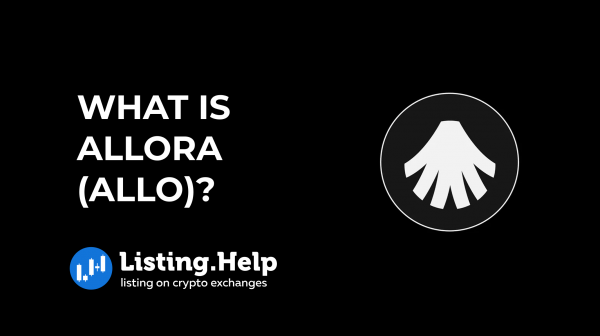
 December 29, 2025
December 29, 2025 


